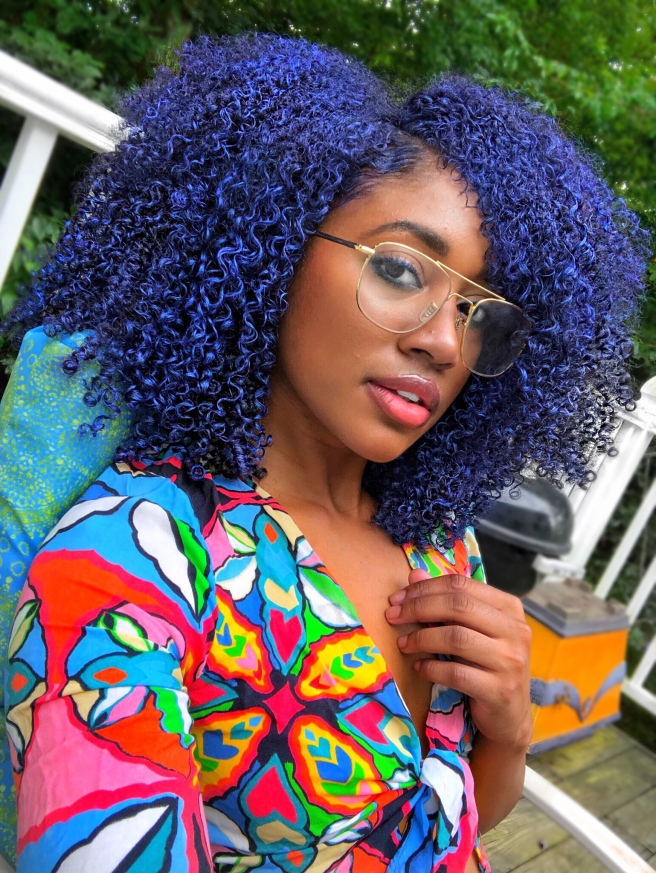
So I’ve got blue hair…. Well, at least for the next 2-3 days! After posting a photo of my new hair color on my Instagram, I had sooo many questions and people who were curious about how I did it! So let me give you guys the 4-1-1 on the process I took, how you can do it at home, and ALLL of the tea on this blue hairdo!
What I used!
For my bright blue fro, I used my Pop! Curl Color Gel. The website describes their color gels as “a curl defining gel + temporary hair color makeup all-in-one”! These “plant-based + non-toxic” gels come in colors that range from natural brown and red, all the way to bright green, purple, and blue! The website states that these gels are a non-sticky, minimally transfer temporary color that you can use as often as you’d like!
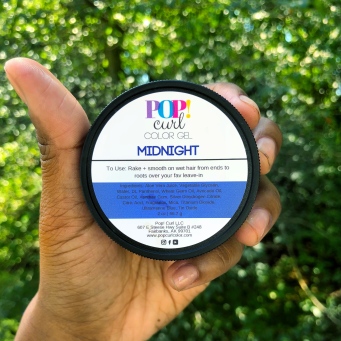
My Experience:
I used the Color Gel in the color “Midnight” described as “a blue with purple undertones” (which appears navy/dark blue on black hair). The gel itself came is a 2 oz plastic jar with a surprisingly small, and a luckily comprehensible, ingredients list! Some of the ingredients are Aloe Vera Juice, Avocado Oil, and Caster Oil, which are known to be great for curly hair!
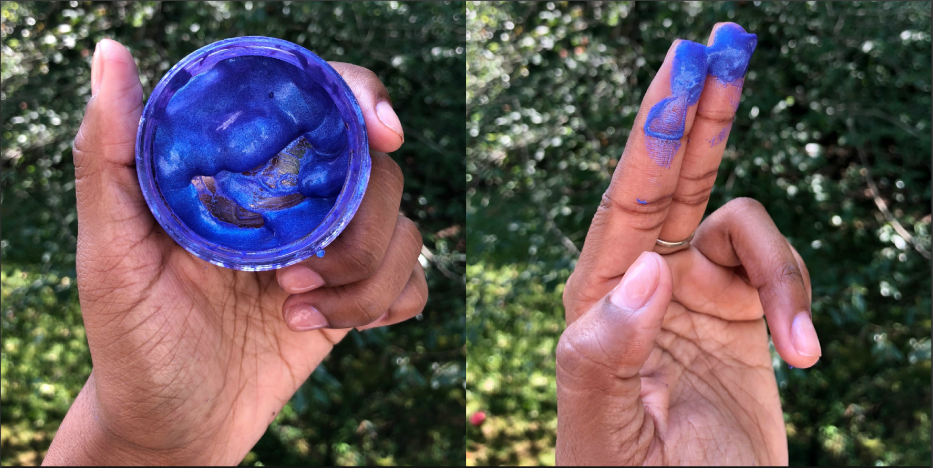
This Pop Curl Color gel was more a liquid consistency than I expected (which worked out great since I applied it on my dry hair, instead of applying it on wet hair which is recommended on the instructions). I expected it to be more of a thicker/ creamy consistency, but it was actually more similar to ranch dressing… yes, I’m hungry while writing this. haha
My Steps:
I first started off applying the gel on dry, day 5 hair. The directions said to apply it on wet or damp hair, however, I didn’t want to have to rewash my hair ALLL over again if I didn’t like it (Ya’ll already know how long wash days take.. so we weren’t wasting a whole wash day over here haha)!
For application, instead of applying the color gel to my hair in sections, I worked it into my hair curl by curl. I felt like going curl-by-curl not only helped to get a more concentrated color all through out my hair, but it also helped to define my curls and make them really POP (since I was shingling the product into my hair while adding the color)! Contrastingly, when I had applied the color gel to larger sections, the result was a less saturated and milder blue–that looked like more of a darker “hint” of navy blue, as opposed to the very bright blue results that I got going curl-by-curl.
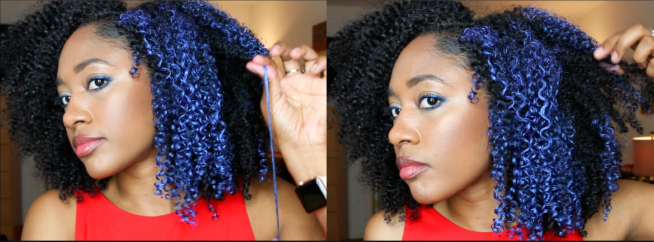
The Results:
When I applied the gel, it did make my hair wet–since it contains Aloe Vera Juice and Water. But this didn’t last long, since I applied the product to dry hair AND also because it was also 90+ degrees outside (my hair went from wet to fully dry within one hour)! The wet results were gorgeous, but my dry results were super defined, blue curls that had NO crunch, NO stickiness, and most importantly, NO DAMAGE!
The color results in doors was more of a darker blue color, but outside, the color completely transformed. When I stood directly underneath the sun (Like I did it my picture on my Instagram), my hair transformed into a bright blue color that looked SUPER natural (well… as natural as blue hair can look haha) and vibrant!

FAQ:
- How much gel did you use?
- I had initially commented to one of my followers on Instagram saying that I used 1/3 of the jar. But I had forgot that was only the first side. So it took around 2/3 of the jar to do both sides (also, I did not do the back of my hair. It would probably take 1-2 jars to do my entire head AND to get a very bright blue like I did in my picture; it would probably take 1 jar if I wanted a milder navy-like-blue).
- Does it make your hair feel hard/ crunchy/ flakey?
- If you’ve ever used temporary hair sprays, they usually leave your hair feeling really hard and dry. But my hair felt soft and defined after using the Pop Curl Gel! The site actually sells a clear gel (with no color) because these gels can be used alone on hair JUST for definition!
- Flakiness: The hair color does flake a little when dry, but only when you are currently rubbing or pulling at your hair (i.e. I didn’t have any blue flakes on my shoulders or clothes that had just fallen out just because).
- Did you the color transfer or rub off onto clothes, pillows, etc.?
- I had ZERO color transfer using these PopCurl gels. I even rubbed my hair onto onto a white shirt, white napkin… and still nothing. Once the hair gel is dry, I personally had no smudging onto my pillow, couch, or clothes!
- How long does it last?
- The website states that it lasts 2-3 days. My color was still vibrant when I woke up the next morning! If you need to remove the color, you can just wash your hair like normal if it still hasn’t faded away.
- Does it stain your hands?
- The gel was blue on my hands hands, but it can easily be wiped off with a napkin of rinsed off with water. So no permanent staining like regular hair dyes/ colors.
- How do I make my color look so bright and concentrated like yours?
- I applied the colors curl-by-curl, instead of in sections. This allowed me to fully saturate each curl with the midnight blue and also apply more color to each section. Also, the above photo was taken in outdoor light, where the color looks brighter (and indoors it looks darker and less saturated). Unfortunately, if you want more color, you would have to use more product which equals more $$$. However, you can extend the product by using less and applying in larger sections, which will give a beautiful and more natural color.
….So would you guys try out temporary hair colors? If so, what color would you try! ALSO, I plan on trying out different shades of these temporary color gels, so stay tuned on my Instagram to stay updated!

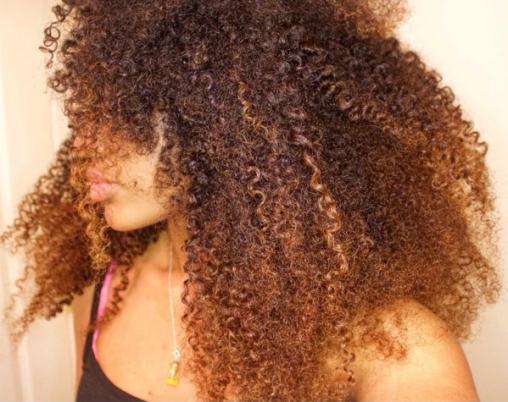
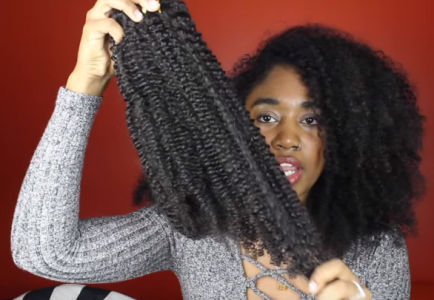


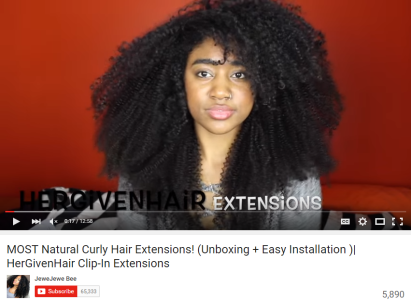

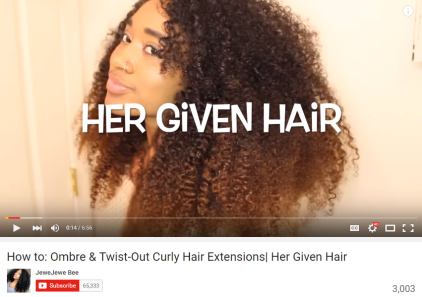
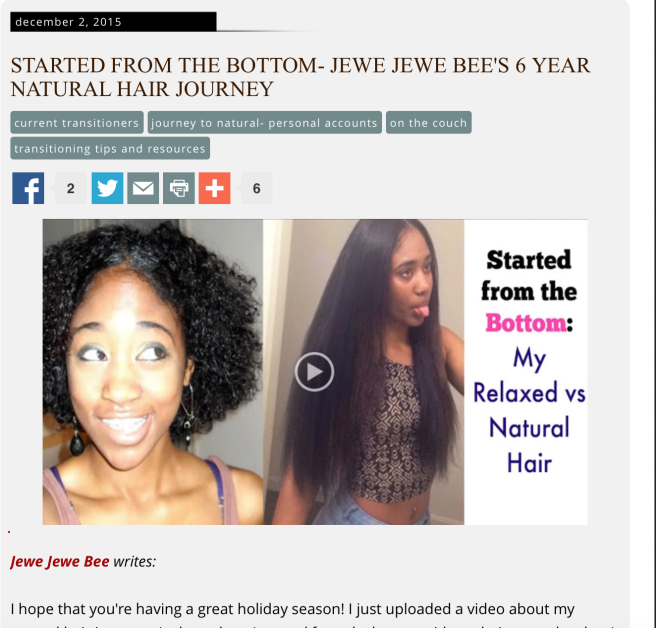
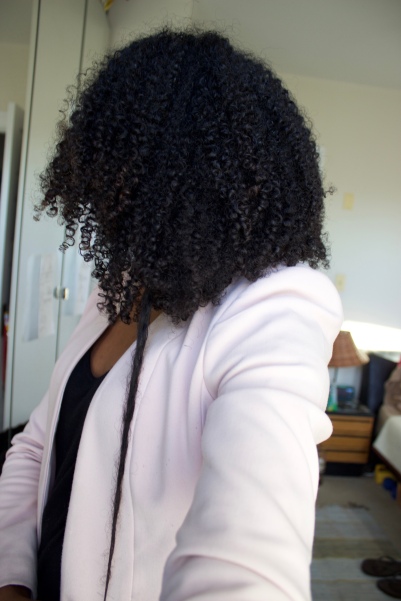

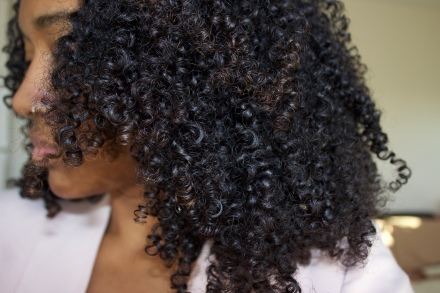
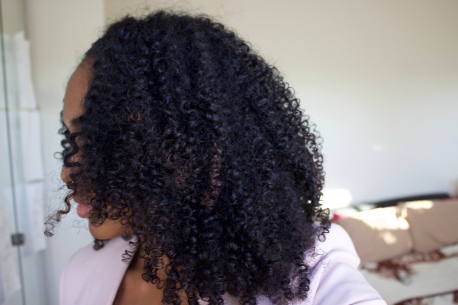

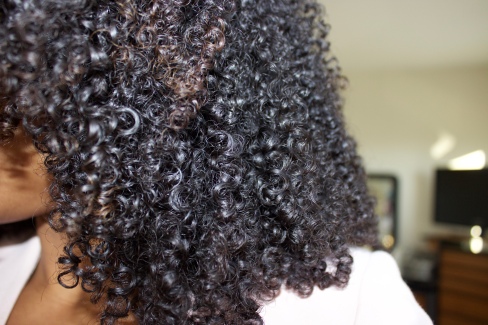
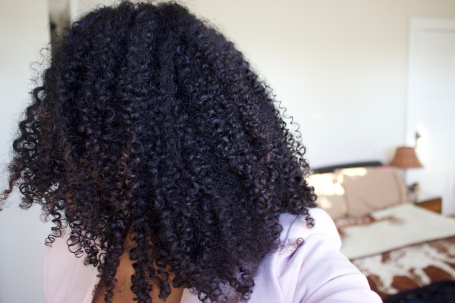
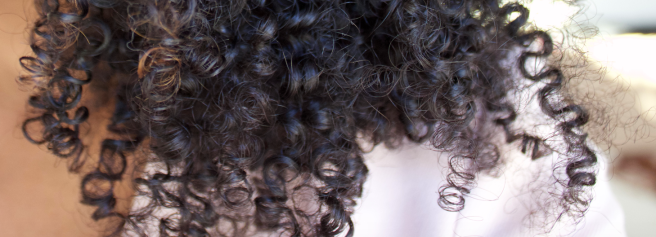 One day in my biology class, I decided to look at my hair under a microscope (when I was probably supposed to be looking at the amyloplast of a potato… or the chloroplast in Elodea lol). I looked at the root of my hair, the split ends… and then a single strand knot. And what I found was that my hair was literally was in a knot; a hair that had wrapped around itself like a headphone cord after it’s been in your pocket for two seconds!
One day in my biology class, I decided to look at my hair under a microscope (when I was probably supposed to be looking at the amyloplast of a potato… or the chloroplast in Elodea lol). I looked at the root of my hair, the split ends… and then a single strand knot. And what I found was that my hair was literally was in a knot; a hair that had wrapped around itself like a headphone cord after it’s been in your pocket for two seconds!
